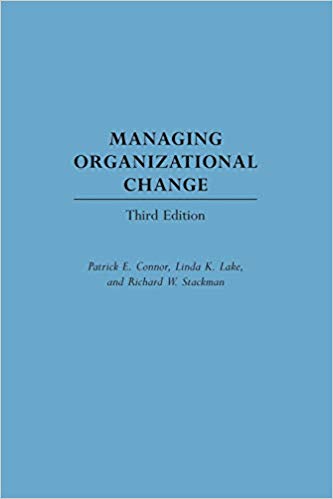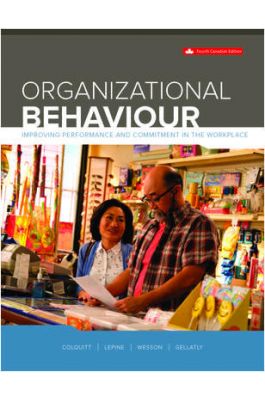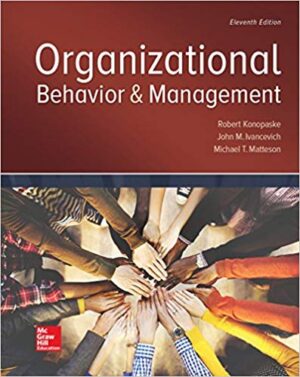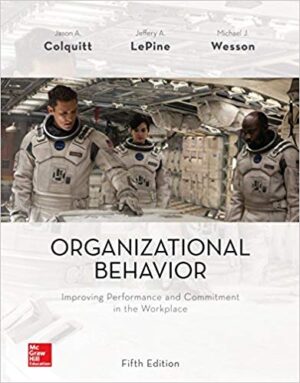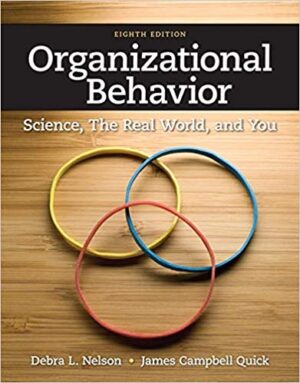Organizational Change 3rd Edition By Patrick E. Connor – Test Bank
Do you need test banks fast? eTestBank.net is the best test bank website for you! Download your test bank right after you pay. No waiting!
Why eTestBank.net is Great:
✅ Instant Download:
Get your test bank right away after payment.
✅ Unlimited Downloads:
Download your test bank anytime and as many times as you want.
✅ 24/7 Live Help:
We are here to help you all day, every day.
✅ Guaranteed Delivery:
If you don’t get the download right away, we will send it to you in 3 to 6 hours.
How to Get Your Test Bank:
- Pick Your Test Bank: Choose from many test banks.
- Pay Safely: Pay securely on eTestBank.net.
- Download Instantly: Get your test bank immediately after payment.
- Download Anytime: Unlimited downloads whenever you need them.
Need Help? Contact Us:
📧 Email: [Support@etestbank.net]
📱 WhatsApp: [https://wa.me/message/MC222DLQ4GDXL1r]
Didn’t Get Your Download?
Don’t worry! If you don’t get the file right away, we’ll send it to you in 3 to 6 hours. Need it sooner? Contact us by email or WhatsApp.
💡 Buy now from eTestBank.net for instant downloads, unlimited access, and 24/7 support—get your test bank today!
Chapter 4: Building and Energizing the Need for Change
Test Bank
1. The need for change is always clear and dramatic.
@ Answer Location: Intro; Cognitive Domain: Application; Question Type: TF
a. True
*b. False
2. According to the book, past experiences may cause employees to react to change in what ways?
@ Answer Location: Intro; Cognitive Domain: Analysis; Question Type: MC
a. With blind acceptance
b. With urgency
c. With compliance
*d. With cynicism
3. What is the main reason that change management programs often fail?
@ Answer Location: Intro; Cognitive Domain: Application; Question Type: MC
a. Despite a shared awareness of the change vision, no one wants to change their routine
*b. There is confusion about why change is needed and what needs to change
c. Employees hear too much information about the change and get bored
d. The change program isn’t right for the organization
4. What is responsibility diffusion?
@ Answer Location: Intro; Cognitive Domain: Comprehension; Question Type: MC
a. When there is sufficient responsibility to go around
b. When responsibility is subdivided so granularly that it is difficult to return completed tasks to one cohesive final product
c. When people feel stressed but no one is entirely sure what their responsibilities are
*d. When multiple people are involved and everyone stands by, assuming someone else will act
5. At the beginning of a change project, when are leaders in a position to engage others in the conversation about the plan going forward?
@ Answer Location: Intro; Cognitive Domain: Application; Question Type: MC
a. Once the leaders have a town hall meeting arranged and a catchy vision that will drive action
b. Once everyone in the organization understands the problem and has given their input on how to react
*c. Once leaders determine the need for change, the choices available, develop a change vision, and develop a shared understanding of the situation
d. Once the urgency is so enormous that the organization has no other choice but to close its doors
6. When considering a change project, there are only a few choices on how and what to allocate resources to.
@ Answer Location: Intro; Cognitive Domain: Application; Question Type: TF
a. True
*b. False
7. In order to foster an understanding of the need for change, change leaders should do which of the following?
@ Answer Location: Understanding the Need for Change; Cognitive Domain: Application; Question Type: MC
*a. Make sense of internal and external data, understand the perspectives of stakeholders and their own concerns and perspectives
b. Engage the marketing team to communicate the vision and plan clearly
c. Persuade everyone to adopt their point of view so they have complete buy-in
d. Work to understand how they compare against competitors so that they can put the need for change in a larger context
8. What situation makes it easiest to instigate change?
@ Answer Location: Seek Out and Make Sense of External Data; Cognitive Domain: Comprehension; Question Type: MC
a. The stakes are low so the organization can change gradually
b. Everything else is stable so people only have to accept one change instead of many
c. When everyone else’s organizations are changing so people don’t feel left out
*d. When there is an external urgency to complete the change
9. Leaders should not attempt to track all external data.
@ Answer Location: Seek Out and Make Sense of External Data; Cognitive Domain: Application; Question Type: TF
*a. True
b. False
10. What kinds of data from the external environment should leaders monitor and why?
@ Answer Location: Seek Out and Make Sense of External Data; Cognitive Domain: Analysis; Question Type: SA
*a. Trade papers, published research and news reports, and comments collected informally from suppliers, customers, and vendors. This is important data because it analyzes not only the environment on an industry level but also relationships between vendors and customers
11. Why should change leaders take time to understand the perspectives of stakeholders throughout the change process?
@ Answer Location: Seek Out and Make Sense of the Perspectives of Stakeholders; Cognitive Domain: Analysis; Question Type: MC
a. To ostracize people who don’t agree with the change
*b. To move effectively, enlist their support, and minimize resistance
c. To convince them that you care about their opinion
d. To track how many people have bought in and how many are resisting

